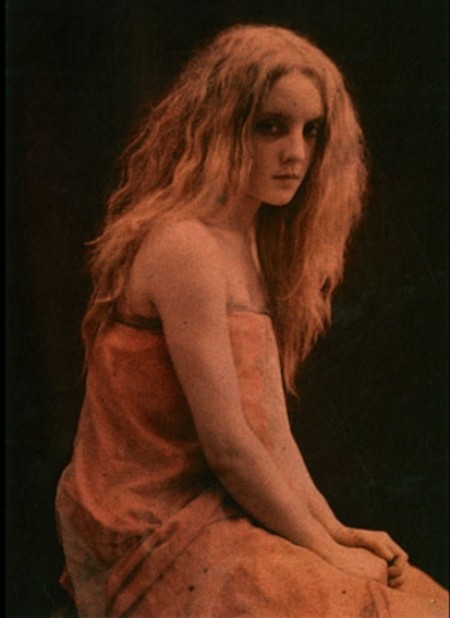
Figure 1 – Sarah Lievine by Andre Hachette, Autochrome c1907, from http://blessedwildapplegirl.tumblr.com/post/18202226926/maudelynn-sarah-lievintese-by-andre-hachette and in the public domain in the United States
In researching yesterday’s blog about Autochromes, I found myself exploring many of these wonderful images and trying to understand their artistic appeal. I think that the image above by French collector and photographer Andre Hachette, an Autochrome of Sarah Lievine, taken around 1907 pretty much says it all.
I think that we subconsciously feel that pictures from the early twentieth century should be in black and white – that those three decades 1900 – 1930 were black and white. I have a large photographic portrait of my paternal grandmother. It is black and white and fits the mold. She is every bit as beautiful as young Sarah, but she remains temporally distant from us because of the black and white.
Sarah seems alive – as if we could reach out and touch her. Because of the color, Sarah seems our contemporary, and we wonder if we aren’t looking at cast photographs from Downton Abbey, as opposed to actual inhabitants of the Edwardian age.
It is again the magic of photography that brings these ghosts of the past back to life. You will remember how in the movie “The Wizard of Oz,” the black and white film suddenly becomes color when the scene opens in Oz, and Dorothy remarks to her dog, “I don’t think we’re in Kansas anymore, Toto!” The Autochrome Process ushered in something very new and magical, something now commonplace – namely color photography with its magical spectral dimension. I don’t think we’re in the nineteenth century anymore.

She is so haunting.